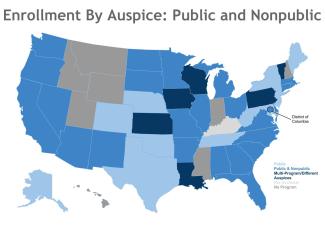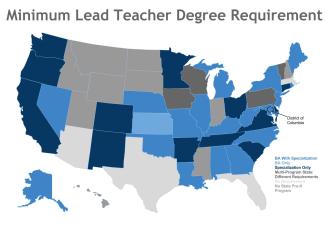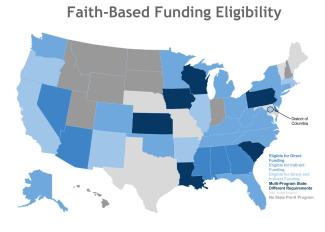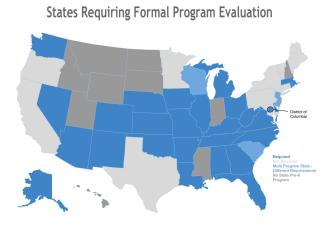
Buried treasure
Discovering gold in the NIEER State of Preschool Yearbook
September 9, 2015
Similar to birds migrating north every year, a wealth of information on early education flies annually into the National Institute for Early Education Research (NIEER), as specialists from state education agencies provide data for the Annual State of Preschool Yearbook.
Entering its 13th year, the Yearbook reports valuable information on access to, quality of, and resources for state pre-K programs, allowing administrators and policymakers to keep pace with current developments and trends over time. The Yearbook has served as a useful, perhaps indispensable, resource as state-supported pre-K has expanded over the decade, rightfully cited as the “go to” resource on state policies and practices. Still, a wealth of information within the Yearbook remains untapped.
While the Yearbook may not rival To Kill a Mockingbird for popularity or reading enjoyment, anyone who has taken time to explore the annual report understands the abundance of practical information contained within its pages. From the Executive Summary highlighting major developments and trends, to individual state profiles with rankings, readers soon realize that the Yearbook, now published online, has “everything you wanted to know about pre-K but didn’t know to ask.”
The most informative section of the Yearbook is, perhaps, the most underutilized. Appendix A contains more than 60 pages of topical state information organized for at-a-glance review and comparison, supplemented by 27 pages of detailed state program notes, a veritable goldmine. For example, have you ever wondered:
- How many English language learners are enrolled in state-funded pre-K? (Only 19 of 53 programs in 40 states and DC are able to provide an accurate count)
- How many children are served in programs operating under the auspices of public schools versus private organizations?

- Which states require pre-K programs to operate a full school day throughout the school year? (15 states and DC)?
- What criteria do states use to determine eligibility, other than income?
- Is a sliding fee scale based on income permitted? (13 states have some provision)
- Which state programs require lead teachers to have a BA with specialization?

- Can faith-based programs receive funding for state pre-K? (17 programs directly, 35 programs indirectly; however, they may stipulate that religious content is not permitted)

- What instruments do states use to monitor program quality?
- Which states mandate an evaluation of the pre-K program? (21 of 40 states; some states operating multiple programs do not require evaluations for all programs)

These are but a few examples of data readily available to those wanting to explore policies and practices related to pre-K. While not every question imaginable can be answered using the Yearbook, it remains the best single compendium resource available with the click of a mouse. All you need to do is dig a little to satisfy your pre-K curiosity and discover gold.
–Jim Squires, NIEER Research Fellow
The Authors
About NIEER
The National Institute for Early Education Research (NIEER) at the Graduate School of Education, Rutgers University, New Brunswick, NJ, conducts and disseminates independent research and analysis to inform early childhood education policy.

